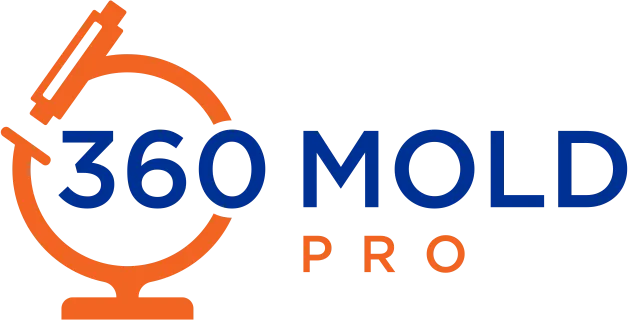got a
mold problem?
Are you lost in the huge amount of contradicting information on the Internet? What kind of mold can you clean up yourself? In what situation should you call a professional? What’s the right thing to do for your family?
Mold is more than just a nuisance; it's a silent threat lurking in the corners of our homes and workplaces. In the humid and often unpredictable weather patterns of the Bay Area, mold finds the perfect breeding ground, putting our health and the structural integrity of our buildings at risk.
At 360 Mold Pro, our mission is clear: to preserve the health and safety of Bay Area's residents by combatting the pervasive issue of mold. Through state-of-the-art inspection, testing, and analysis procedures, we not only locate the hidden dangers but also deploy tailored solutions to rectify them. As locals, we have a nuanced understanding of how the region's unique weather conditions amplify mold-related problems. Whether it's your cozy home, bustling office, or any other space, our expertise empowers you objective insights so you can tackle the mold problem with confidence and restore your space to a mold free environment.
MOLD Q & A
What is mold?
Several types of mold can affect homes, retail, and all kinds of properties. Here are some common ones:
Stachybotrys chartarum (black mold)
This greenish-black mold is often associated with water damage. It can release toxic compounds called mycotoxins, which can pose health risks.
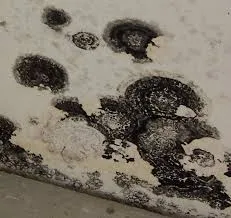
Aspergillus
There are many species of Aspergillus, some of which can cause health problems. Aspergillus can appear in different colors, including green, yellow, and white.
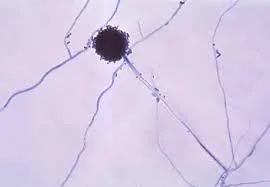
Penicillium
Penicillium molds are often blue or green. They can be found in damp areas and are known for their musty odor.
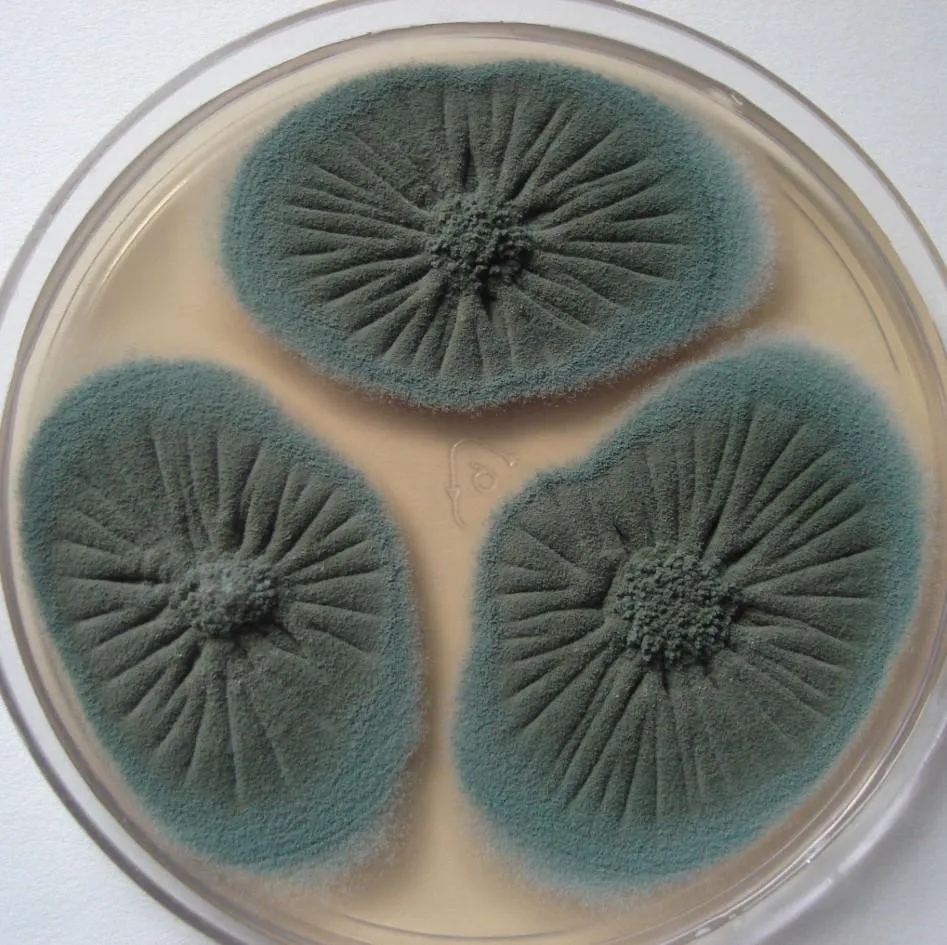
Cladosporium
Cladosporium is a common outdoor mold that can grow indoors. It can appear in various colors, such as green, brown, or black. Cladosporium is a known allergen and can trigger respiratory symptoms.
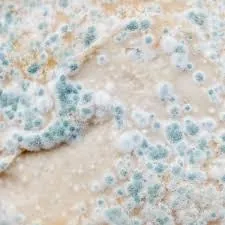
Alternaria:
Alternaria is another common mold that can grow indoors and outdoors. It is often black or dark brown and can cause allergic reactions in some individuals.
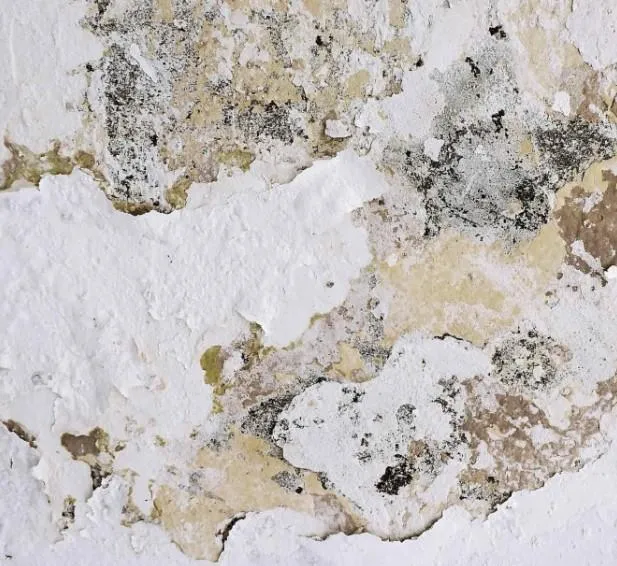
These are just a few examples, and many other types of mold can be found in different environments. If you suspect mold growth in your property, it's advisable to consult with professionals who can assess the situation and provide appropriate remediation measures.
Why is mold growing in my house, office, or property?
Mold grows in your property because it finds one of the following conditions to thrive.
Moisture
molds require moisture to develop, so if any areas in your home are consistently damp, such as a leaky roof or a plumbing leak, this can create an environment for mold to thrive.
Poor ventilation
Without proper ventilation, moisture can become trapped inside your home, increasing the risk of mold growth. This is especially true in areas like bathrooms, kitchens, and laundry rooms, where steam and moisture can build up.
High humidity
If the humidity level in your home is consistently high, this can create conditions ideal for mold growth.
Poor insulation
Insufficient insulation can lead to condensation, which can provide a source of moisture for mold to grow.
Flood or water damage
If your home has experienced flooding, this can create the perfect conditions for mold growth.
Is mold a health hazard to the inhabitants or users of a property?

Yes, all molds can be a health hazard for a home's inhabitants or a property's users.
Black mold
can produce mycotoxins, toxic compounds that can cause various health problems, especially those with respiratory issues or weakened immune systems. Exposure to black mold can cause symptoms such as coughing, wheezing, sneezing, runny nose, red or itchy eyes, skin rashes, headaches, and fatigue.
Aspergillus mold
produ
1ST COLUMN
ces allergens that can trigger allergic reactions in sensitive individuals. Exposure to Aspergillus can cause respiratory infections, particularly in people with weakened immune systems or underlying lung conditions.
Cladosporium and Alternaria
carry the same risks, with the addition of triggering asthma symptoms. Asthmatic individuals sensitive to either may experience asthma attacks or increased frequency of symptoms when exposed to this mold.Suppose you suspect that you have a mold infestation in your home. In that case, it is crucial to address the problem promptly by inspecting and testing the areas of your home with mold. Additionally, it is recommended to take measures to prevent mold growth in the first place, such as fixing leaks and maintaining proper ventilation and humidity levels in your home.
Can mold Damage the structure and safety of a building?
Yes, all molds can damage the structure and safety of a building if left untreated. Mold can feed on organic materials like wood, drywall, and insulation, causing these materials to deteriorate and weaken over time. This can compromise the structural integrity of the building and potentially lead to collapses or other safety hazards.
In addition, mold growth can also cause damage to the building's ventilation systems, electrical wiring, and other vital components. This can create a fire hazard or lead to other dangerous conditions.
Suppose you suspect that there is mold in your home or building. In that case, it's essential to have it professionally remediated as soon as possible to prevent further damage and ensure the safety of the occupants. Depending on the extent of the damage, it may be necessary to replace damaged materials or even perform extensive repairs to the building.
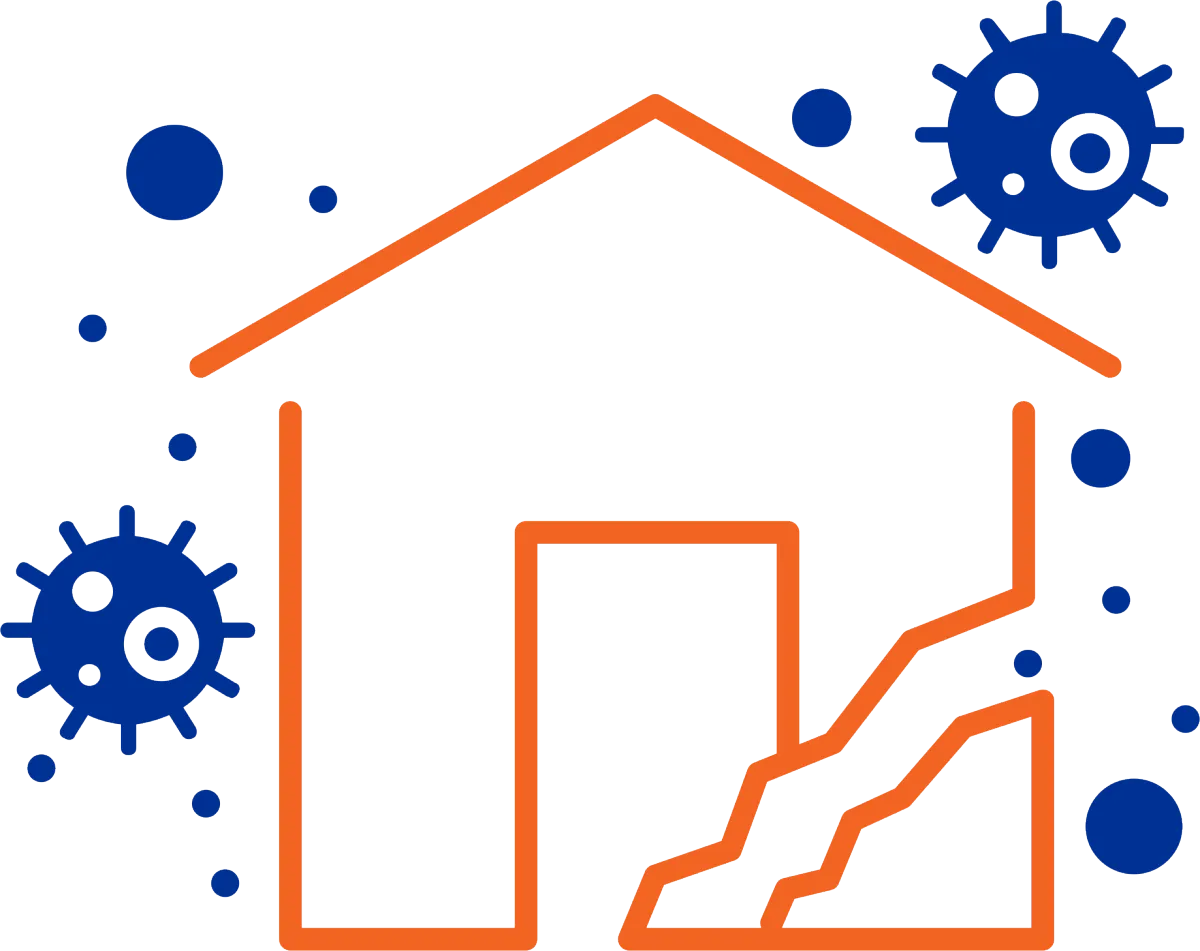
What must I do if I notice mold on my property?
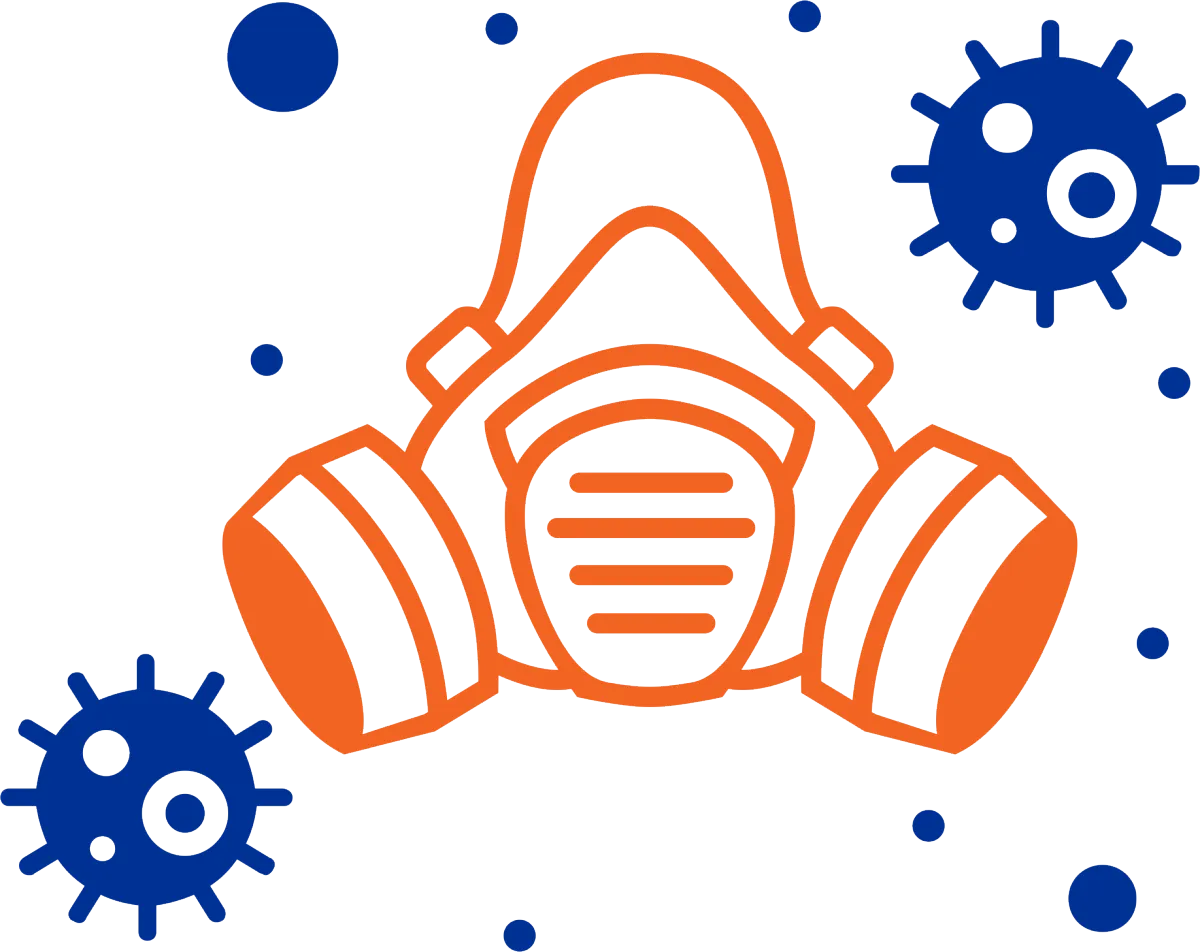
If you notice mold on your property, it's important to prevent further growth and potential health hazards immediately. Here are the steps you should take:
Assess the extent of the mold: Check to see how much of your property is affected by mold. Check all the rooms where mold is most likely to grow.
Look for any moisture intrusion such as active leak from plumbing pipes and fixtures. If found, stop the leak.
Protect yourself and all the users of those rooms. Wear masks equipped with filter rated as P100, not N95 or K95.
Call a mold inspection professional to assess the situation and come up with a remediation protocol.
Hire a mold remediation contractor such as 1-800 WATER DAMAGE to remediate.
Get in Touch
Reach out for inquiries or collaborations.
